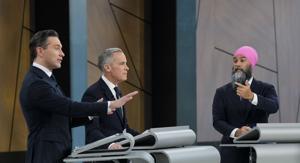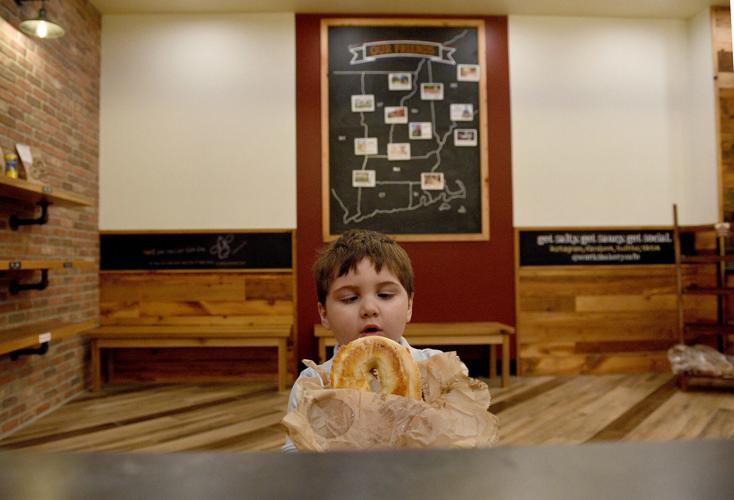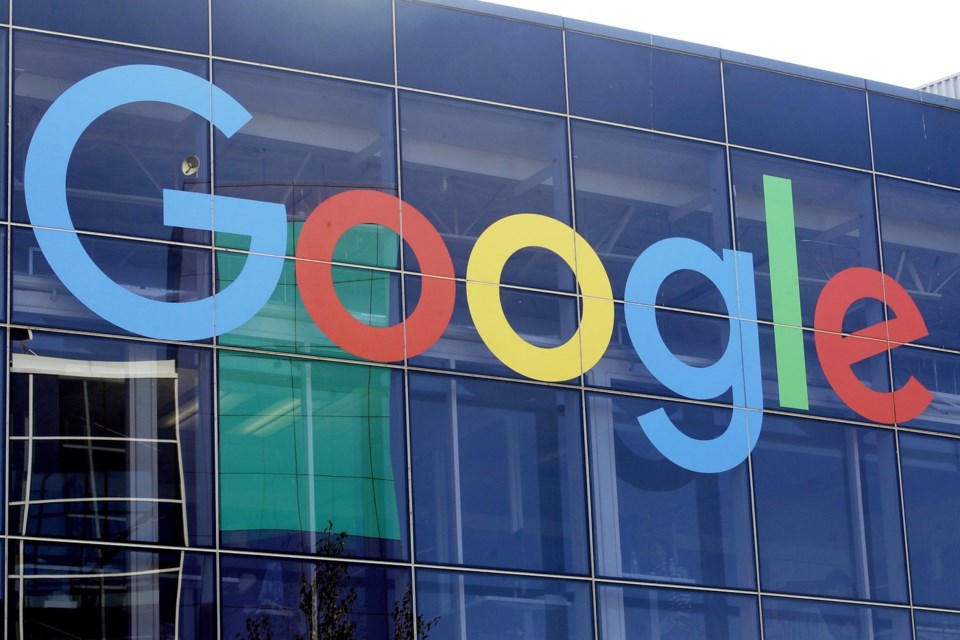From our youth to our seniors, people are worried. Students are graduating with fewer job prospects. Workers who are losing their jobs fear they won’t soon find another.
Retiring now risks not having enough to live on later. In the U.S.

, the number of references to the Great Depression grows weekly as financial markets wither in response to the chaotic uncertainty of U.S. President policy announcements.
Already, data from the Federal Reserve Bank of New York shows American workers are settling for less, willing to just to get a new job. It’s easier to exploit people who are afraid. In Canada, is nosing up as shrink.
Against this electoral backdrop, the Conservatives, Liberals and NDP all say they are working for workers. What, exactly, would they do for you? Here are highlights of their short- and medium-term promises. Conservatives are silent on EI.
The Liberals have made some modest changes and say they’ll improve EI . The NDP would right away. The Conservatives are “backing .
.. to train red-seal apprentices to build homes” and continuing a $4,000 apprenticeship grant.
The Liberals would provide “ for workers in priority sectors, including manufacturing, health care, construction, AI and technology” without specifying how many could benefit. The NDP would train for housing. The Conservatives would add , and “ through natural attrition and retirement with only two in three departing employees being replaced.
” The Liberals would hire more workers in early learning and child care and “thousands” of new doctors, and review program spending, resulting in “ .“ The NDP would fund more public projects, creating of new jobs for infrastructure, housing and East-West energy grids while recruiting and . Here’s what the Liberals, Conservatives and NDP have promised during the federal election campaign.
The Conservatives favour expansion of oil and gas, construction, and mining . The Liberals’ industrial strategy expands beyond men in hard hats to include manufacturing supply chains, particularly in the auto sector, and some expanded health and child-care services. The NDP focus on improving public services and protecting existing industrial capacity rather than expanding it.
Immigration is key to all plans. The Canadian-born workforce is aging. Since the pandemic hit, of 1.
75 million new jobs went to newcomers, of whom a significant share only had temporary resident permits. The Liberals lowered newcomer intake targets for the next three years, though these may change again. For 2025, immigration is limited to people, plus 673,650 temporary resident permits.
The Conservatives favour a return to Harper-era immigration levels ( ) and “dramatically reducing” the number of temporary foreign workers/student permits. The NDP have no numeric targets, tying , and would guarantee no temporary foreign worker is tied to a single employer. Over the medium term Canada’s goods-producing sector, which directly accounts for 25 per cent of GDP and 20 per cent of all jobs, will take a hit during Trump’s tariff phase.
The Conservatives are betting that the relationship with the U.S. will eventually be restored.
The Liberal goal of disentangling our economy from the U.S. focuses on manufacturing and energy strategies.
The NDP focus seems to be less on the private sector than the adequacy of the public sector. It’s worth mentioning two long-term issues workers are facing: mechanization of manufacturing, and rollbacks in labour rights. Both are accompanying the evolution of the job market in the U.
S. Even if manufacturing production returns, it doesn’t mean manufacturing jobs will. A .
, for example, features tens of thousands of robots, and a in Virginia credits increased automation and high-speed robotics with expanding its capacity. There is always a temptation to reduce labour rights when people are most afraid. That’s already happening.
At the state level, Florida is again . There are currently 12 that permit children as young as 12 to work. There are in the U.
S., meaning workers can opt out of unions in those states and avoid paying dues. That makes it harder to organize workers and sustain campaigns to negotiate for better wages and working conditions.
Republican Sen. Rand Paul introduced just weeks ago. While Conservative Leader Pierre Poilievre is a fan of construction unions now, in 2015 he was a full-throated fan of two anti-union bills passed by the then-Conservative government, declaring “ ” Legislation was one of the first actions of the incoming Liberal administration.
Today’s Conservatives have done an about-face, declaring respect for union rights mean “ .” Whether you discount or embrace slogans like “Working for Workers,” political parties represent distinct ways of doing just that. As we know, distrust and fear create their own momentum, much like hope and trust.
They are untethered from economic facts. Ultimately, our expectations and choice of leadership shape reality. Even if , its depth and duration are not.
a function of who we elect, and what they do next..
Business

The parties all say they're working for workers, but are they? Here's what their platforms say

Conservatives are silent on EI. The Liberals say they’ll improve EI in the coming year. The NDP would fix EI right away.















